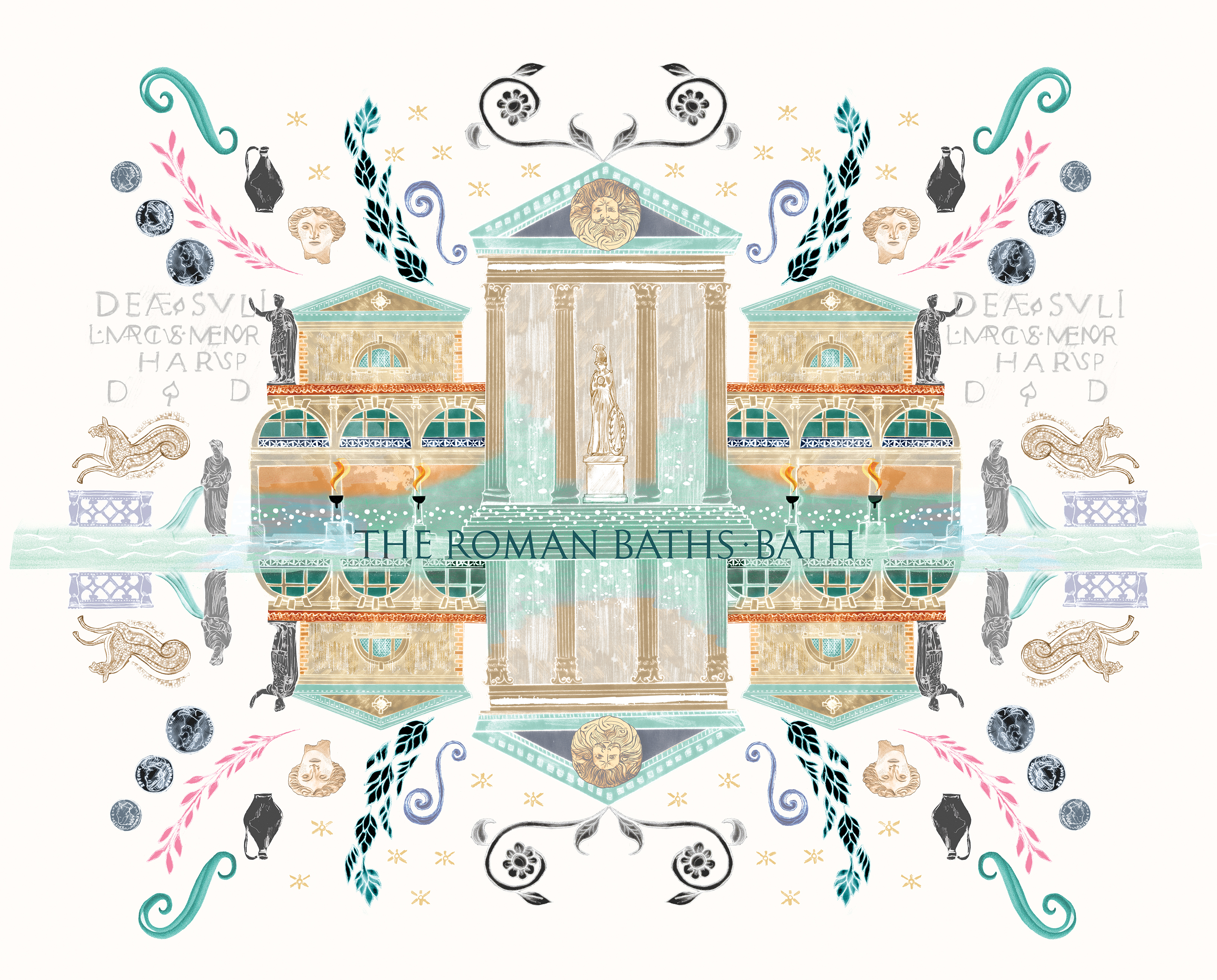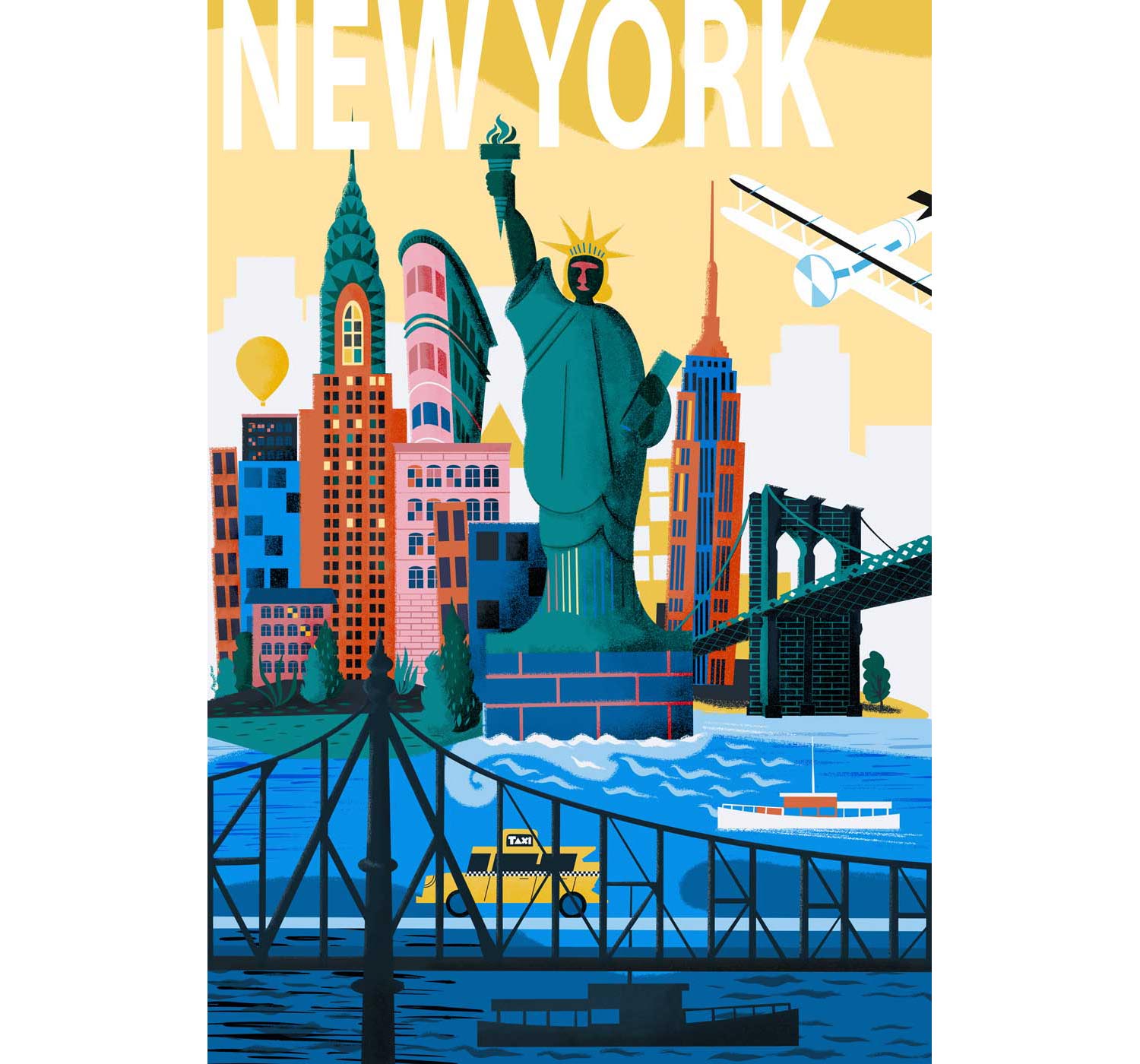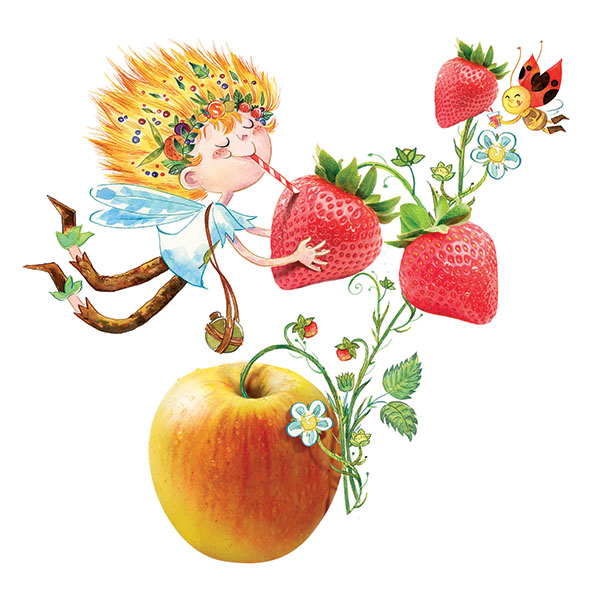Josie Shenoy’s stunning new exclusive range of Illustrated Roman Bath souvenirs.
Josie was recently commissioned by the Roman Baths, Bath to create an exclusive range of illustrated souvenirs, ranging from local artisan tea and luxury chocolate to candles, ceramics and kitchen linens.













